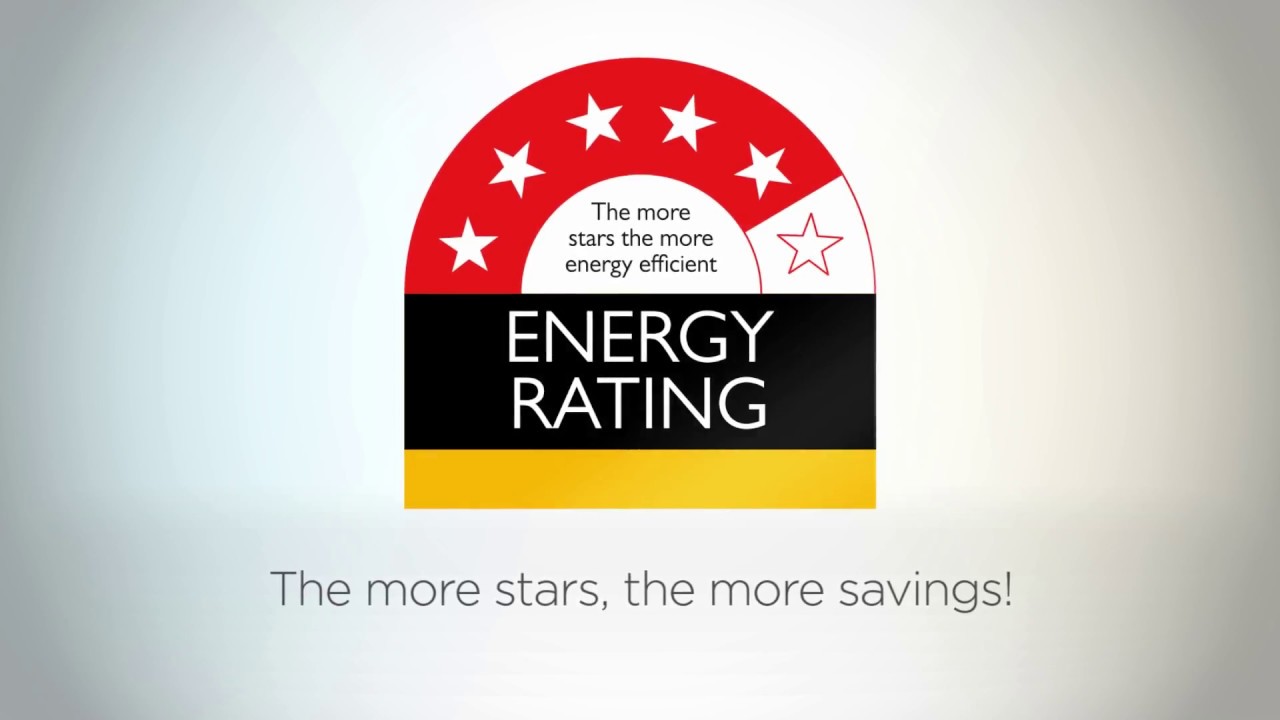A Guide to Finding the Right Toothbrush

We are taught from a young age that brushing our teeth is the best way to maintain healthy teeth and gums. But do we know which toothbrush is the best and the Right Toothbrush?
Consumers didn’t have many choices when nylon bristles were invented in the 1930s. Today’s story is completely different; many stores selling oral hygiene products have a wide selection of toothbrushes, including manual and powered versions.
The time has come to replace your toothbrush. You’ll find many toothbrushes in different styles, colors, brands, prices, and price points when you get to the oral health care aisle. While some people choose expensive toothbrushes, others prefer cheaper ones. Is there any difference?
What Should We Look For?
Here are some of the things to consider in choosing the right toothbrush:
- Bristles
Toothbrushes have three types of bristles: soft, medium, and hard. Some people prefer hard bristles because they believe hard bristles clean teeth better. However, they are harsh on your teeth and damage enamel when used with excess pressure. You may also notice receding or bleeding gums.
According to dental professionals, round, soft bristles are the best. Gently brushing your teeth will remove food debris and plaque; brushing too hard makes your teeth more sensitive.
- Size and Shape- the Right Toothbrush
Consider size and shape when choosing your toothbrush. You’ll want to make sure your teeth are healthy and protected against germs and bacteria by choosing a toothbrush that can reach all areas of your mouth.
Finding the right head shape for your mouth is crucial. You should carefully evaluate the toothbrush heads since some are too large or small to fit in every corner. You should also feel comfortable holding the toothbrush in your hands.
- Label- the Right Toothbrush
Toothbrushes are subjected to a series of tests to determine their effectiveness in cleaning your teeth. Always look for the ADA Seals of Acceptance, which confirms that the toothbrush brand has been thoroughly evaluated to ensure safety and effectiveness.
- Price
A good toothbrush doesn’t necessarily need to be expensive. But it’s also not a good idea to buy the cheapest toothbrush. Quality care is what your teeth need, and cheap toothbrushes might not do the job correctly. Their materials may not be safe or effective.
Manual or Electric Toothbrush?
As long as they have the ADA seal, it doesn’t matter whether you use an electric toothbrush or a regular one; you can reduce plaque buildup and keep your gums healthy by brushing properly.
Here are some of the things to keep in mind when choosing between a manual or electric toothbrushes:
Price
If an electric toothbrush can keep your teeth clean, then it can help make up for the cost of dental visits. While cheaper electric toothbrushes are on the market, electric toothbrushes are often more expensive than manual ones. You will also need to replace the removable toothbrush heads as often as your manual toothbrush.
Effectiveness
Many scientific studies have been done to determine whether powered or manual toothbrushes are better at eliminating plaque and gum disease. Nearly all studies that compared disposable and electric toothbrushes showed no significant differences in their ability to remove plaque or prevent gum disease.
However, there is evidence that a rotating oscillation toothbrush is more effective than manual toothbrushes.
Likability
The best toothbrush for you will be the one you’ll use the most. Some people might not like the vibrations of an electric toothbrush; some might find them easier to use, especially those with mobility issues. You’re also likely to use your toothbrush for the recommended time if you like your toothbrush. Some electric toothbrushes have an integrated timer that tells you when your brushing time is up.
Safety
While all toothbrushes with the ADA Seal of Approval are safe, some people may prefer a certain type of toothbrush. An electric toothbrush is a better option if you are prone to vigorous brushing, making it easier to clean your teeth and gums gently.
Some studies suggest that electric toothbrushes are more harmful than manual toothbrushes for people with compromised immune systems. It may increase the possibility of bacteria entering the bloodstream and cause a potentially dangerous infection in people with heart conditions.
How Often Do I Need to Replace My Toothbrush?
Dentists recommend changing your toothbrush every three to four months to ensure your teeth receive the proper care.
Your toothbrush may also wear down before they even reach three months. Replace them whenever the bristles are in bad shape.
You shouldn’t use old toothbrushes; they cause more damage than good. They can cause tooth sensitivity and cover your teeth with bacteria. Change toothbrushes after an illness since bacteria and viruses can remain in the bristles.
Key Takeaway
Toothbrushes are our primary tool in fighting against cavities and tooth decay. In choosing a toothbrush, look at the type of bristles they have, their size and shape, their label, and their price. Look for those that fit your mouth with round and soft bristles. Choose one that is affordable with the ADA Seal of Approval.
Electric toothbrushes and manual ones effectively clean the teeth. Whatever you choose, make sure your choice effectively cleans your teeth, is safe, affordable, and suits your preference. You can also ask a dentist in South Pasadena for a recommendation if you’re finding it difficult to choose.
 Tagged:
the Right Toothbrush cost, the Right Toothbrush shape
Tagged:
the Right Toothbrush cost, the Right Toothbrush shape











